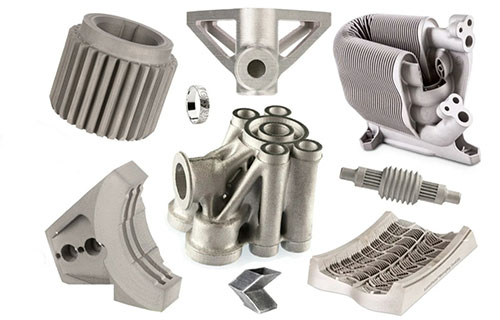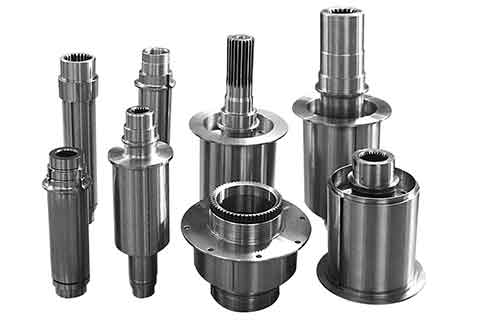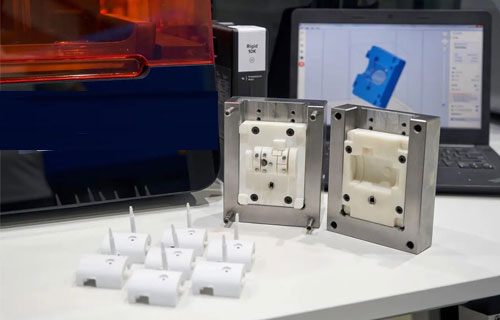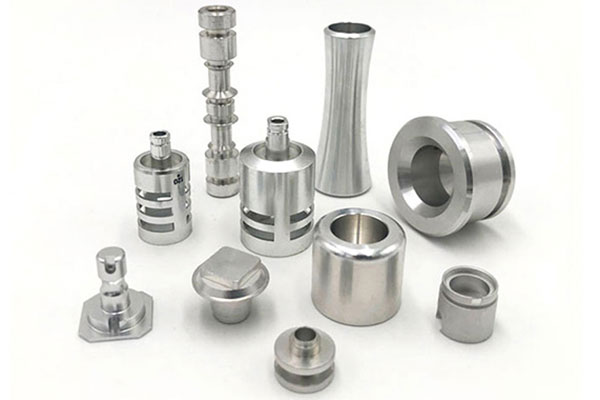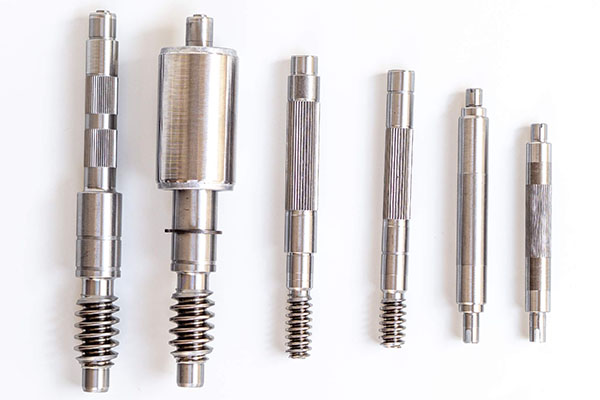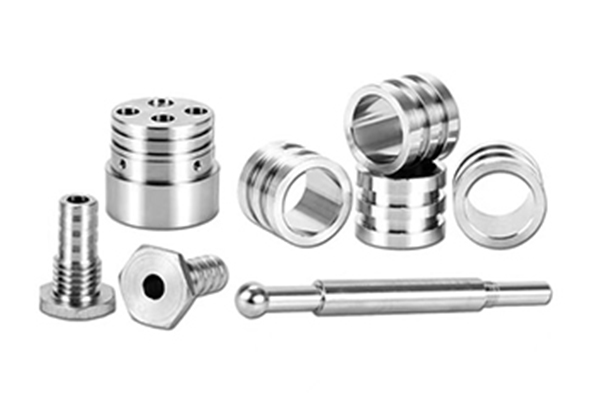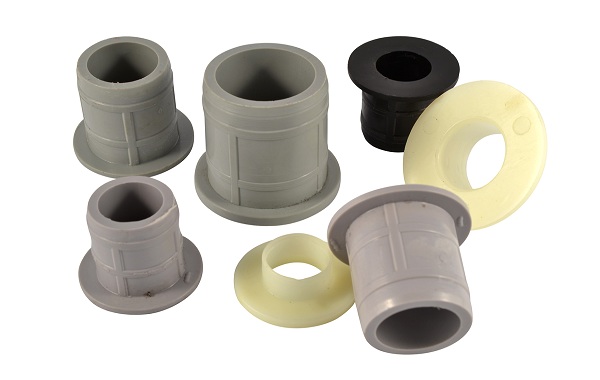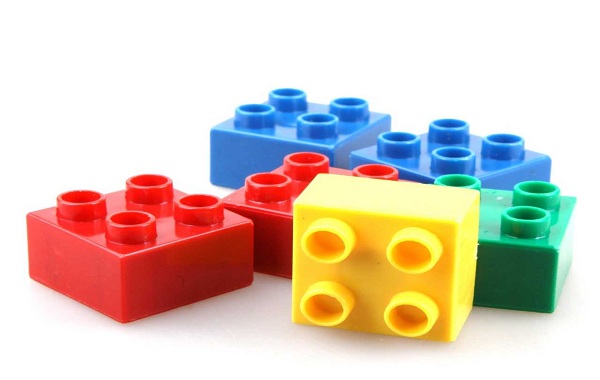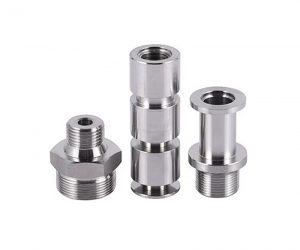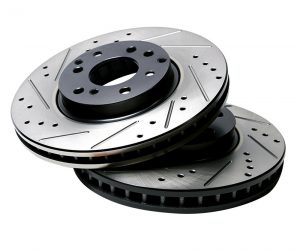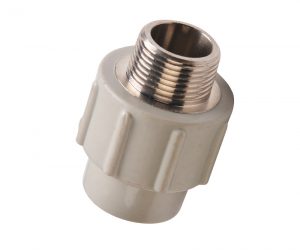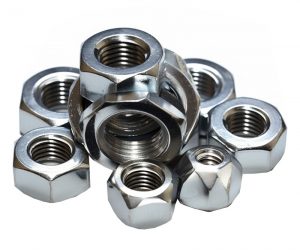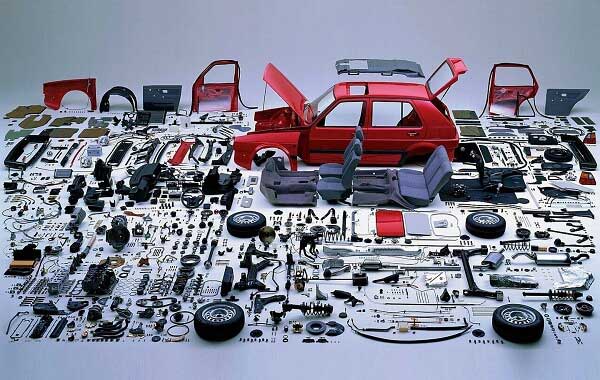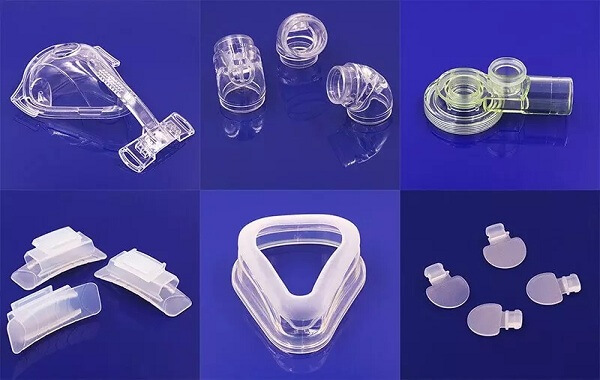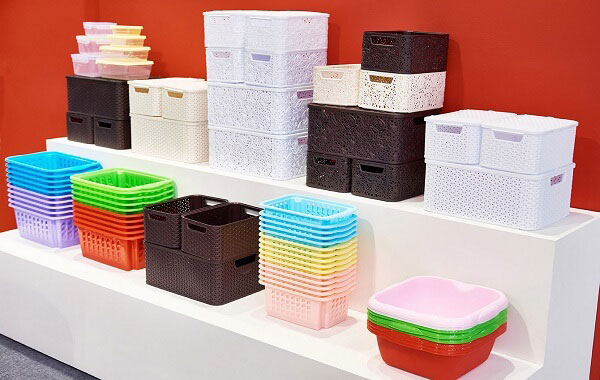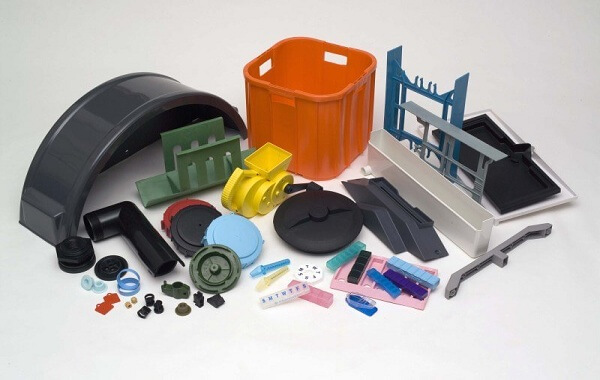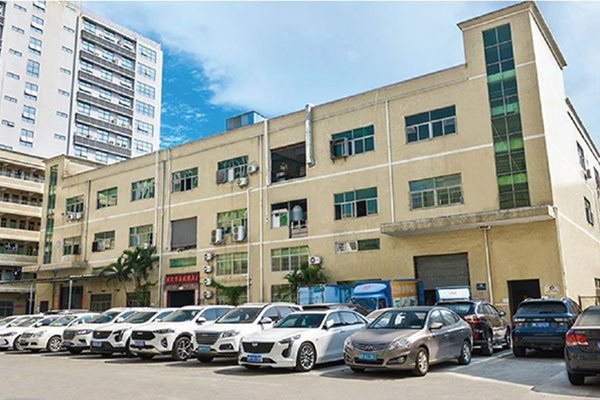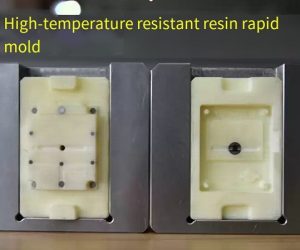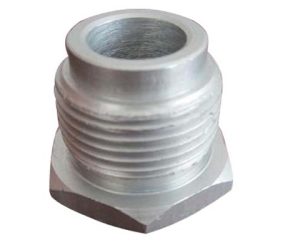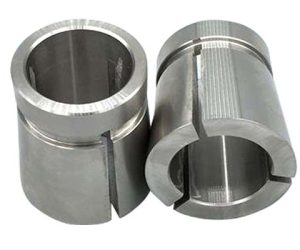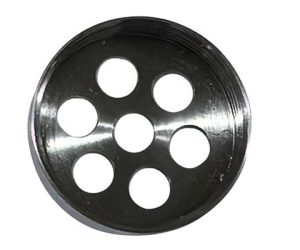Manufacturing on Demand to Meet Your Product Needs
Provide One-Stop Rapid Prototyping, CNC Machining, 3D Printing, Sheet Metal, Die Casting, Injection Molding Manufacturing Service
A Trusted Plastic Metal Part Custom Solutions provider in China
Help Your Project Reduce Cost And Faster Time To Market
Rapid Prototyping For Your Product - Small Batch Production
Mold Making | Plastic Injection Molding one-stop service
Mold injection molding integration service integration manufacturer
Mold Manufacturing
Complete the professional design of product structure, function and beauty according to the customer's ideas, reasonably design the mold structure according to the product structure and product performance requirements, have an efficient production team and top equipment, optimize the mold structure, process the mold, and complete the mold assembly, so that your samples can meet the requirements at one time
Injection Molding application Industry
- Auto Parts
- Medical Beauty
- Digital electronics
- It computer
- Lamp lighting
- Children Toys
- Intelligent hardware
- Instrumentation
- Home appliance
- Consumer goods
Metal Part Materials
In precision manufacturing world, picking the right metal for parts is super important. We know that top-notch metal stuff is key to making sure products work well and last long. That's why we focus on giving out high-quality metal parts that have been carefully picked to meet the strict needs for accuracy, toughness, and reliability in every industry. Learn More
Plastic Part Materials
Plastic Part Customis a process that uses heat and pressure to create complex shapes from thermoplastic materials. for example: The materials are fed into a heated barrel, mixed and forced into a mould cavity, where they cool and harden. Plastic injection moulding can produce parts with high dimensional accuracy, surface quality and mechanical strength. Learn More
Plastic Metal Part Industry Applications
While many people may not be aware, Plastic Metal Part Custom Solution is used to create a whole range of the everyday products we use. The applications of Plastic Metal Part Custom Solution take in everything from automotive parts to electrical switches, medical devices to simple plastic lids and much more. Even though there are some restrictions regarding the shapes and complexity of products made using injection mould, there are many different materials which can be used.
The applications of Plastic Metal Part Custom Solution take in everything from footwear to car bumpers, protective goggles to food containers, pallets to bottle tops and much more. While the initial injection mould setup process can be relatively expensive, once the mould is complete and the production line in order, there are potentially huge long-term cost savings. Learn More
Top China Plastic Metal Part Custom Solution Company
Rapid Prototyping Supplier, CNC Machining Manufacturers, 3D Printing Factory, Injection Molding in China
Dongguan Yigu Technology Ltd has 20+ years of industry experience and a plant area of 6000 square meters. The company is positioned to manufacture plastic products and precision metal parts, covering automobile, office automation equipment, optical instruments, residential facilities and equipment, medical equipment, etc. Learn More
What are many Customers to say
This is the largest metal CNC machining order I've placed with this company and I'm very happy with it! It was completed in a timely manner, and the products are very high quality and nicely machined. Thank you Chen and the rest of the team.
John Linhorst
Product Designer
3D Printing sample was made as per requirements and specification discussed. Thank you, Chen for you tremendous effort, through various communication and suggestion to make and complete the samples on time.
David Pinny
Purchase Manager
We have cooperated with each other for several times. The automotive injection mold works well. The first sample is ok and can be produced normally. and we have visited the factory on the spot. We can cooperate for a long time
Ashley Francis
Automotive CEO
